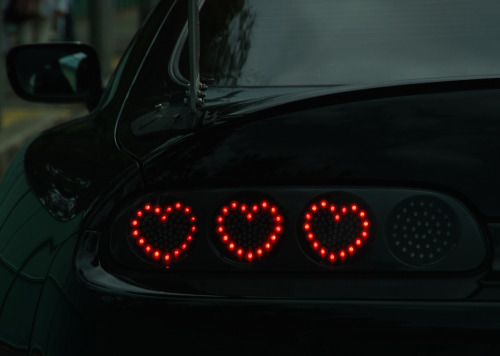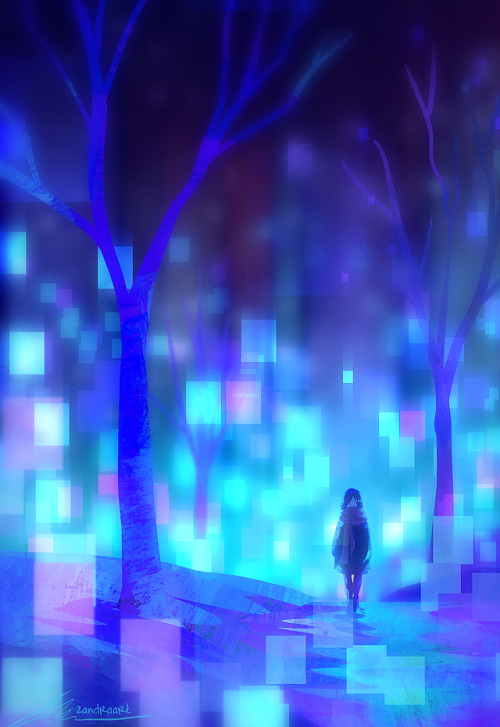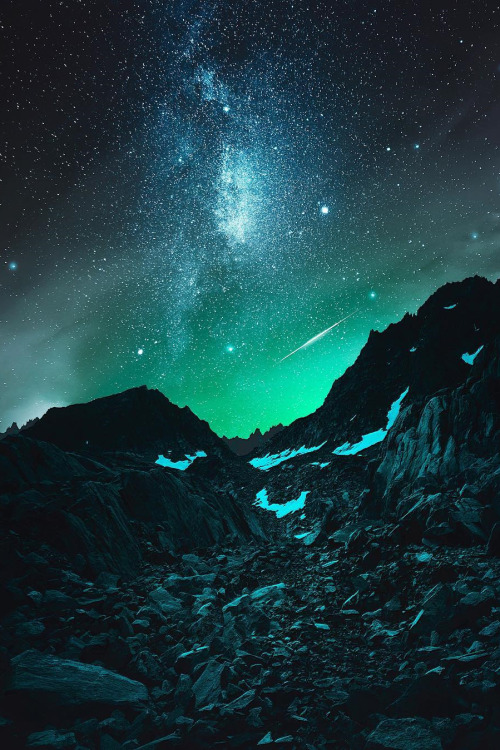Tidal Wave

Tidal wave
More Posts from Thegalaxyundone and Others


CYBERPUNK 2077
The City on the Edge of Tomorrow
What is it Like to Visit Jupiter?
Jupiter is the largest planet in our solar system. For some perspective, if it were hollow, more than 1,300 Earths could fit inside of it! The giant planet contains two-thirds of all the planetary mass in the solar system and holds more than dozens of moons in its gravitational grip. But what about a visit to this giant planet?

Let’s be honest…Jupiter is not a nice place to visit. It’s a giant ball of gas and there’s nowhere to land. Any spacecraft – or person – passing through the colorful clouds gets crushed and melted. On Jupiter, the pressure is so strong it squishes gas into liquid. Its atmosphere can crush a metal spaceship like a paper cup.

Jupiter’s stripes and swirls are cold, windy clouds of ammonia and water. Jupiter’s Great Red Spot is a giant storm BIGGER THAN EARTH! This storm has lasted hundreds of years.

Since Jupiter’s atmosphere is made up of mostly hydrogen and helium, it’s poisonous. There’s also dangerous radiation, more than 1,000 times the lethal level for a human.
Scientists think that Jupiter’s core may be a thick, super hot soup…up to 50,000 degrees! Woah!
The Moons

Did you know that Jupiter has its own “mini solar system” of 50 moons? Scientists are most interested in the Galilean satellites – which are the four largest moons discovered by Galileo Galilei in 1610.
Today, Galileo would be astounded to know some of the facts about these moons. The moon Io has active volcanos. Ganymede has its own magnetic field while Europa has a frozen crust with liquid-water underneath making it a tempting place to explore for future missions.

When Juno arrives to Jupiter on July 4, it will bring with it a slew of instruments such as infrared imager/spectrometer and vector magnetometer among the half a dozen other scientific tools in its payload.
Juno will avoid Jupiter’s highest radiation regions by approaching over the north, dropping to an altitude below the planet’s radiation belts – which are analogous to Earth’s Van Allen belts, but far more deadly – and then exiting over the south. To protect sensitive spacecraft electronics, Juno will carry the first radiation shielded electronics vault, a critical feature for enabling sustained exploration in such a heavy radiation environment.
Follow our Juno mission on the web, Facebook, Twitter, YouTube and Tumblr.
Make sure to follow us on Tumblr for your regular dose of space: http://nasa.tumblr.com

-
 dear-maria-count-me-in-things liked this · 1 year ago
dear-maria-count-me-in-things liked this · 1 year ago -
 bog-wizard liked this · 2 years ago
bog-wizard liked this · 2 years ago -
 abyssnoodle liked this · 5 years ago
abyssnoodle liked this · 5 years ago -
 cannolipony liked this · 5 years ago
cannolipony liked this · 5 years ago -
 comfy-clean-tidy-world reblogged this · 5 years ago
comfy-clean-tidy-world reblogged this · 5 years ago -
 alexthemushroom reblogged this · 7 years ago
alexthemushroom reblogged this · 7 years ago -
 alexthemushroom liked this · 7 years ago
alexthemushroom liked this · 7 years ago -
 666goob liked this · 7 years ago
666goob liked this · 7 years ago -
 callmedaddylittleonerightnow liked this · 7 years ago
callmedaddylittleonerightnow liked this · 7 years ago -
 kiralykitty reblogged this · 7 years ago
kiralykitty reblogged this · 7 years ago -
 suitcasefullofmixtapes liked this · 7 years ago
suitcasefullofmixtapes liked this · 7 years ago -
 the-magnificent-clown reblogged this · 7 years ago
the-magnificent-clown reblogged this · 7 years ago -
 cyberotica reblogged this · 7 years ago
cyberotica reblogged this · 7 years ago -
 offftotheraces liked this · 7 years ago
offftotheraces liked this · 7 years ago -
 110110011011 reblogged this · 7 years ago
110110011011 reblogged this · 7 years ago -
 dumbkidgrownup reblogged this · 8 years ago
dumbkidgrownup reblogged this · 8 years ago -
 fangirl-swag reblogged this · 8 years ago
fangirl-swag reblogged this · 8 years ago -
 shaunkindofwhite liked this · 8 years ago
shaunkindofwhite liked this · 8 years ago -
 officialsunny liked this · 8 years ago
officialsunny liked this · 8 years ago -
 lissa-lascivious reblogged this · 8 years ago
lissa-lascivious reblogged this · 8 years ago -
 aflor-rir liked this · 8 years ago
aflor-rir liked this · 8 years ago -
 solhhhh reblogged this · 8 years ago
solhhhh reblogged this · 8 years ago -
 no-goodbyes reblogged this · 8 years ago
no-goodbyes reblogged this · 8 years ago -
 inspiringspring99 reblogged this · 8 years ago
inspiringspring99 reblogged this · 8 years ago -
 danixavier liked this · 8 years ago
danixavier liked this · 8 years ago -
 corroborei reblogged this · 8 years ago
corroborei reblogged this · 8 years ago -
 potatostud reblogged this · 8 years ago
potatostud reblogged this · 8 years ago -
 little-soldier liked this · 8 years ago
little-soldier liked this · 8 years ago -
 reedeyes reblogged this · 8 years ago
reedeyes reblogged this · 8 years ago -
 eudaimo-niaa reblogged this · 8 years ago
eudaimo-niaa reblogged this · 8 years ago -
 attraversoil-buio reblogged this · 8 years ago
attraversoil-buio reblogged this · 8 years ago -
 attraversoil-buio liked this · 8 years ago
attraversoil-buio liked this · 8 years ago -
 sunflowerxsun reblogged this · 8 years ago
sunflowerxsun reblogged this · 8 years ago -
 moonsdaughtersstuff liked this · 8 years ago
moonsdaughtersstuff liked this · 8 years ago -
 supplv reblogged this · 8 years ago
supplv reblogged this · 8 years ago -
 sarandah-blog1 reblogged this · 8 years ago
sarandah-blog1 reblogged this · 8 years ago -
 tumirendifragile reblogged this · 8 years ago
tumirendifragile reblogged this · 8 years ago -
 writtenoutbreaks reblogged this · 8 years ago
writtenoutbreaks reblogged this · 8 years ago -
 blackandrebellioussoul liked this · 8 years ago
blackandrebellioussoul liked this · 8 years ago -
 piccolocuorebianco reblogged this · 8 years ago
piccolocuorebianco reblogged this · 8 years ago -
 fortepernoi-blog liked this · 8 years ago
fortepernoi-blog liked this · 8 years ago -
 ridereinsieme liked this · 8 years ago
ridereinsieme liked this · 8 years ago























